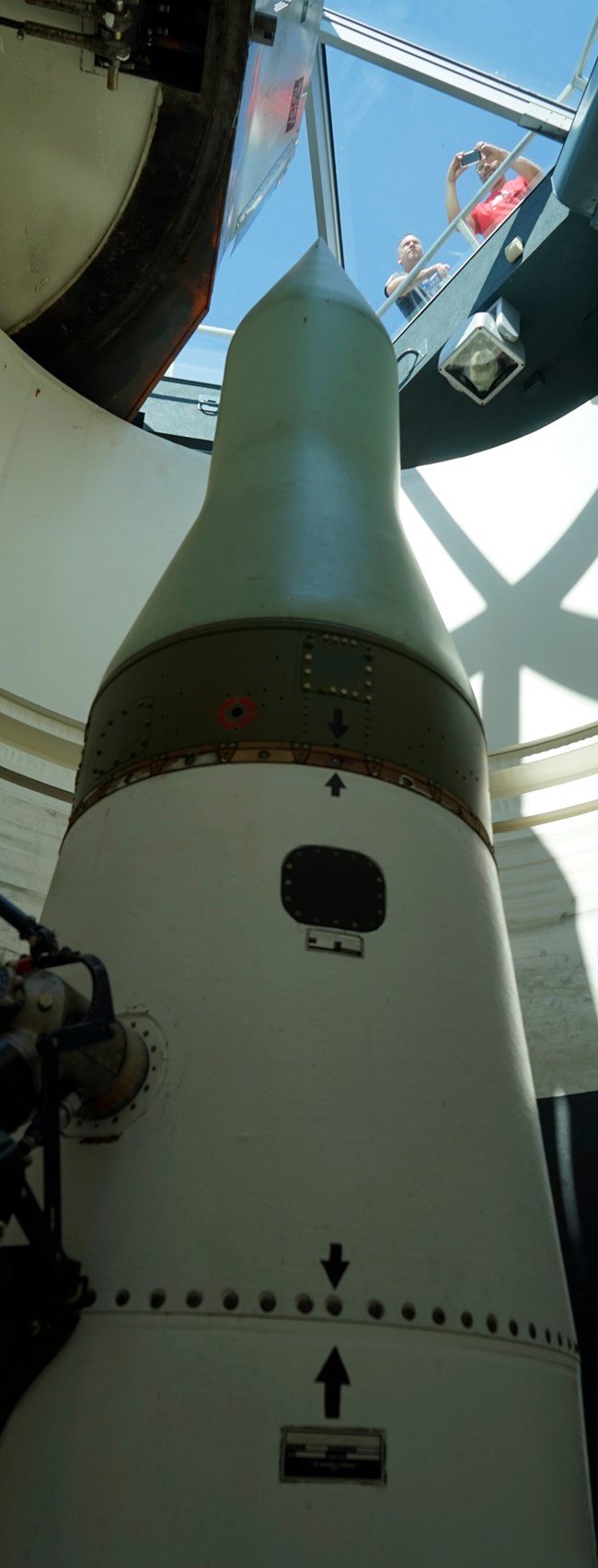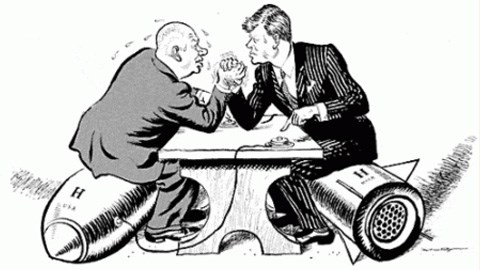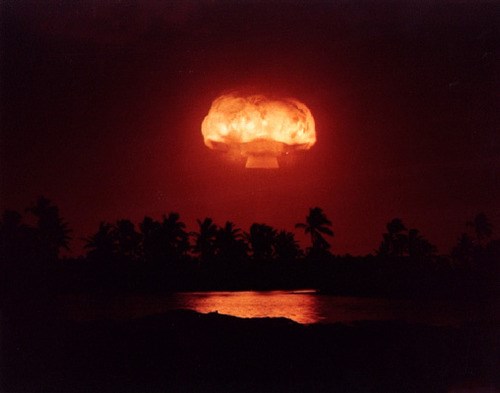Last updated: October 21, 2020
Thing to Do
Consider Deterrence and Destruction at Delta-09

All pets must be on leashes no longer that six feet in length.
Delta-09 is a one acre fenced enclosure in an open prairie setting. At present there is no break from the wind or the sun.
Delta-09 is open to the public from 9:00 a.m. to 3:00 p.m. mountain time, daily. In the winter, weather consitions can close the site on occasion.
Service animals allowed.
Accessibility is limited by the gravel driveway and gravel or dirt surfaces from the parking area through the fence gate and to the silo itself. At the silo, a concrete apron is immediately in front of the viewing enclosure.

NPS/J. Milbrath

The blast door has been permanently fixed in a partially open position and a glass viewing enclosure was installed over the opening in 2002. The glass and aluminum viewing enclosure is a domed structure over the opening of the missile launcher. A deactivated missile was installed in the launch tube in 2001. The open launcher closure with glass viewing enclosure allows visitors to the site to see down into the launcher to view the training missile, a view not possible during the Cold War.
The relatively inexpensive, solid-fueled Minuteman was much easier to store and maintain than its predecessor missiles. The Minuteman did not require constant attention from on-site crews, the missiles could be installed in fully hardened, individual underground silos dispersed across a wide geographic area. A single, two-person launch crew quartered in a separate, hardened underground facility could by remote control monitor and launch a "flight" of ten Minuteman missiles dispersed several miles away. An enemy hit on any individual
launcher would have no effect on the remaining missiles in the flight. With some refinements, the basing system used in South Dakota would remain the standard for all subsequent land-based American ICBMs, accommodating three generations of Minuteman missiles, as well as the later solid-fueled Peacekeeper missile.
The Cold War is in the past, but it has a lasting effect on the present and future. Delta-9 offers the opportunity to reflect upon this significant period in our nation’s history and to remember all of the aspects of the times. A visit to the silo site can facilitate a public dialogue on the Cold War, nuclear weapons proliferation and disarmament, the role and dedication of Air Force personnel, and the nation’s political and military future.
While the Minuteman missiles have been removed from South Dakota and two other missile fields, 400 Minuteman III missiles remain on constant alert in five states of the northern great plains, continuing a mission of nuclear deterrence protecting the United States since 1962.

Deterrence
During the Cold War, the United States and the Soviet Union each built a stockpile of nuclear weapons. Soviet policy rested on the conviction that a nuclear war could be fought and won. The United States adopted nuclear deterrence, the credible threat of retaliation to forestall enemy attack.
To make its threat convincing, the United States during the 1950s developed and deployed several types of delivery systems for attacking the Soviet Union with nuclear weapons. By the 1960s, three such systems emerged as the basis of strategic deterrence:
- long-range manned aircraft carrying nuclear bombs
- land-based intercontinental ballistic missiles with nuclear warheads, and
- nuclear-powered submarines armed with nuclear ballistic missiles.
Each system became one independent leg of what was called the Strategic Triad. Any one of the three alone was powerful enough to deter attack. Because no enemy could realistically hope to destroy all three at the same time, the triad seemed almost invulnerable and by its existence, prevented an enemy from attacking the United States.

Operation Dominic - Bluestone shot, 1962. This was a successful test of the warhead later used on the Minuteman II missile.
Destruction
Each Minuteman II carried a 1.2 megaton warhead. This singular weapon could wreak untold devastation upon an enemy, making it truly a technological terror. A one megaton warhead is equivalent to one million, two hundred thousand tons of dynamite. The Minuteman II’s warhead was sixty-six times more powerful than the atomic bomb that devastated Hiroshima, Japan and killed 140,000 people just before the end of World War II. One the most shocking statistics is that the Minuteman II’s warhead was more powerful then all the bombs the Army Air Force dropped on Europe in their successful bombing campaign that led to American victory in World War II.
A Minuteman II warhead's 1.2 megaton explosion would release an unprecedented amount of energy. Any structures at or near ground zero are immediately vaporized. The blast fireball is a mile in width. Those witnessing such an explosive force see a blinding light many times brighter then the noon day sun. A tornado like vortex with wind speeds of over 150 mph engulfs the surrounding area for miles. The residual effects of radiation contaminate not only the blast area, but also send radioactive particles swirling into the atmosphere. The destructive effects of a Minuteman’s warhead are so great that the United States vowed to only use these weapons if all other policy measures failed.
